Python is the most popular high-level, interpreted, general-purpose programming language. Most data scientists use Python today to solve data science tasks and challenges. Scientific and research areas gain a lot of advantages with Python as it is easy to use with simple syntax.
What Makes Python Suitable For Data Science?
Data science is a method of collecting, processing, and deriving insights from data using analytics. The features of Python are simplicity, easy learning, production-ready and open-source. Python is suitable for data science because of its wide selection of libraries that focus on data science operations.
Let’s discuss here the top 10 Python libraries for data science.
1. TensorFlow
TensorFlow is an open-source python framework developed by Google in unison with the Brain Team for deep learning applications. It provides a rich, flexible, and wide range of tools and libraries to create and deploy machine-learning-based applications. The best feature of this library is high-performance numerical computational scalability. Also, it works well with multi-dimensional arrays and mathematical equations.
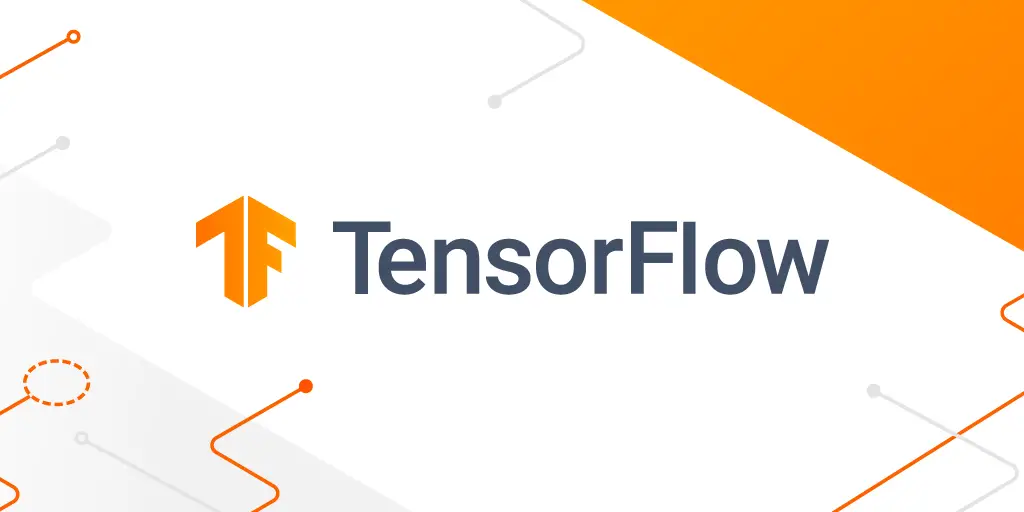
2. NumPy
NumPy stands for Numerical Python, which is well-known for mathematical computing. Array and matrix processing is possible using a set of mathematical functions. It can execute linear algebra, Fourier transform, and matrix calculation functions. NumPy arrays are one or multi-dimensional that provides computing with better efficiency. This library is interactive and intuitive, making coding and other concepts easy.
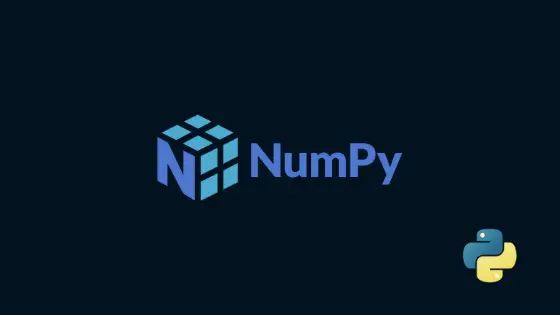
3. SciPy
SciPy stands for Scientific Python, built on NumPy for high-level mathematical and scientific calculations and technical and engineering computations. It has sub-modules with which it helps in scientific computations, optimization, and numerical integration. Since it is an extension of NumPy, developers can modify and visualize data. There are high-level commands for data manipulation and visualization with built-in functions for differential equations.
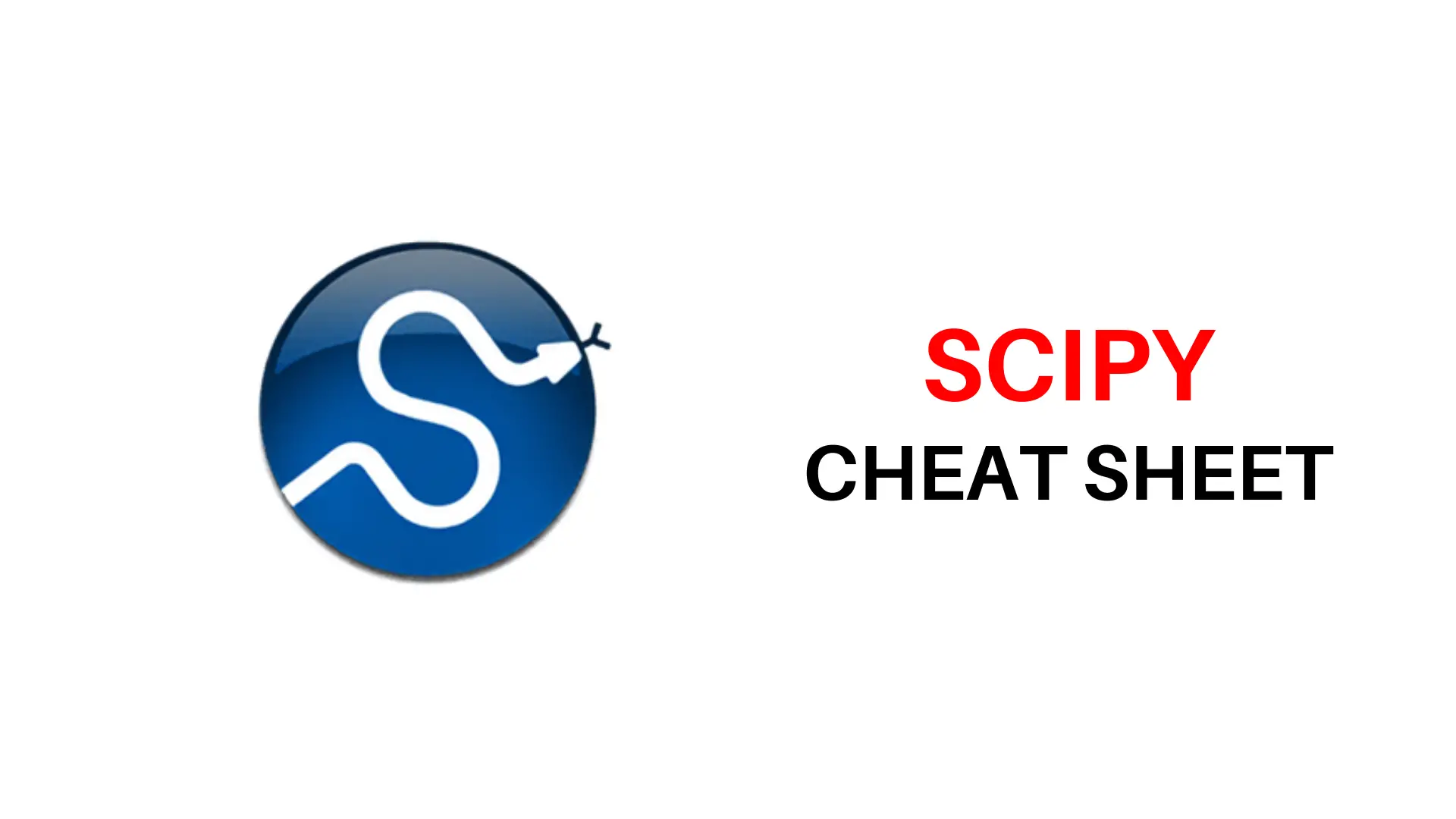
4. Pandas
Pandas stand for Python Data Analysis, a machine learning library that provides data manipulation and analysis tools for data science. It has high-level, efficient data structures to manipulate numerical tables and time series analysis. Pandas have the feature to translate complex operations with data using one or two commands. This library also supports re-indexing, iteration, sorting, aggregation, concatenations, and visualizations.
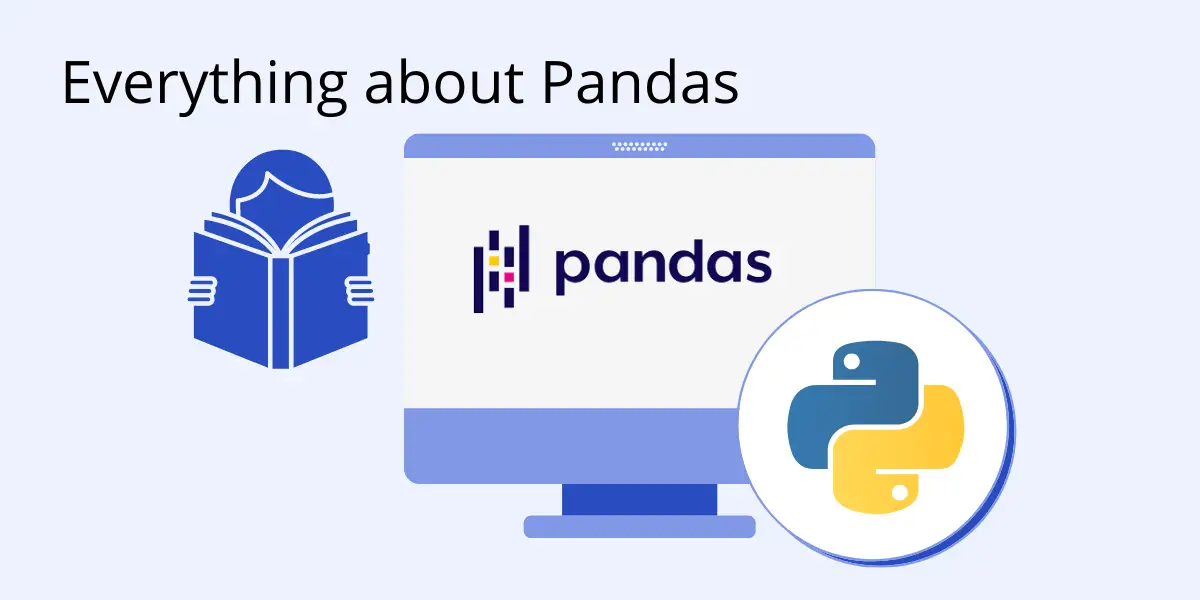
5. Keras
Keras is an open-source python framework developed for deep learning and neural networks. It provides you with tools for model construction, visualization of graphs, and data set analysis. There are extensive pre-labeled datasets that you can directly import and load. The best feature of Keras is that it supports all neural network models from fully connected, convolutional, pooling, recurrent, embedding, etc.
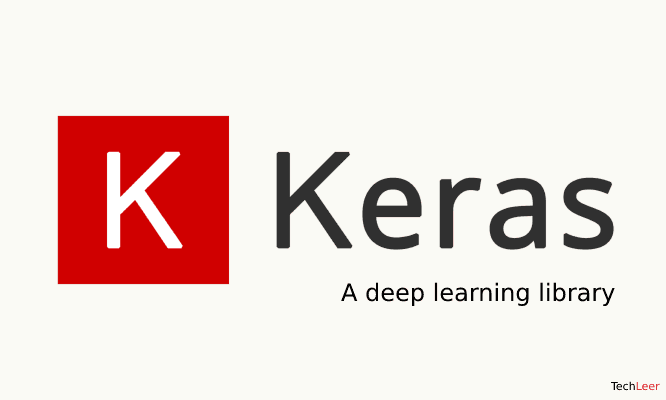
6. Scikit-Learn
Scikit stands for Scipy toolkit and is one of the best libraries to work with complex data. It is a simple and efficient tool for classification and predictive analysis. Various cross-validation methods are available with Scikit-Learn to check the accuracy of supervised models on unseen data. This library has numerous algorithms for implementing standard machine learning and data mining tasks.
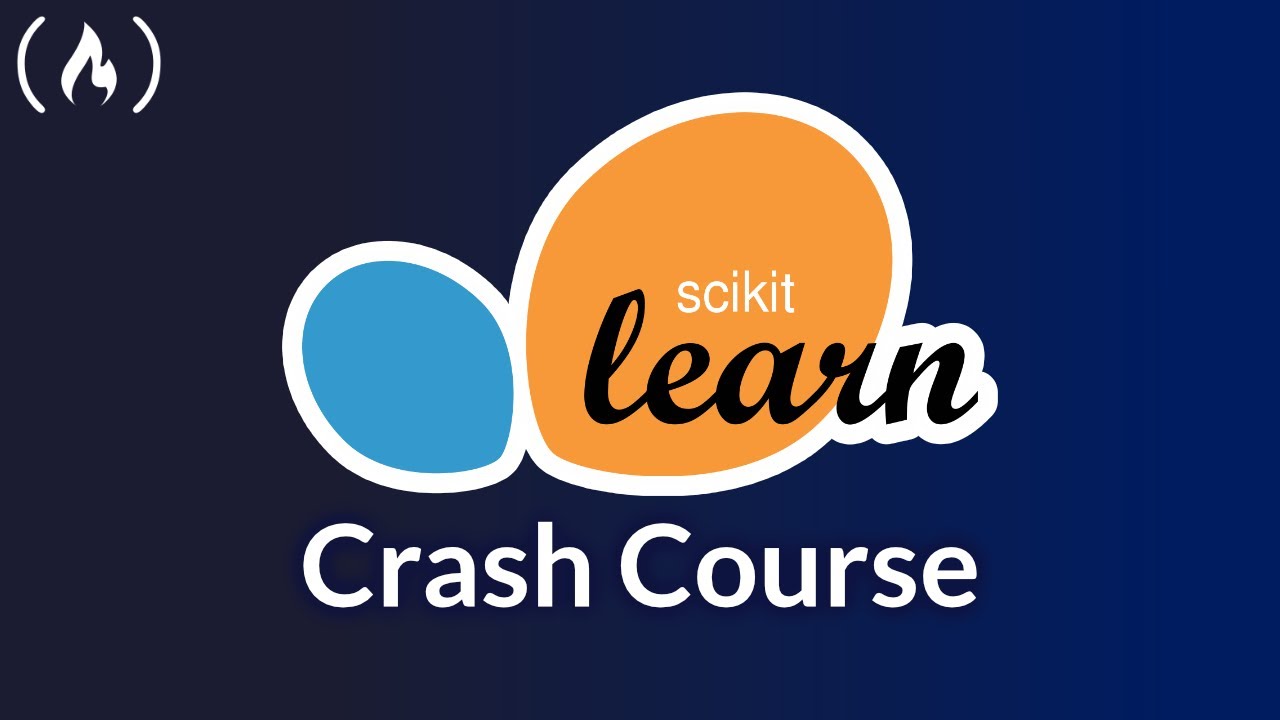
7. PyTorch
PyTorch is an open-source machine learning library developed to perform tensor computations with strong GPU accelerations, create dynamic computational graphs, and calculate gradients automatically. It also has functions for deploying mobile and embedded frameworks. This library provides maximum speed and flexibility as a deep learning research platform. The developers can quickly deploy machine learning models to production. The other features are easy to use, high performance, and a rich ecosystem.
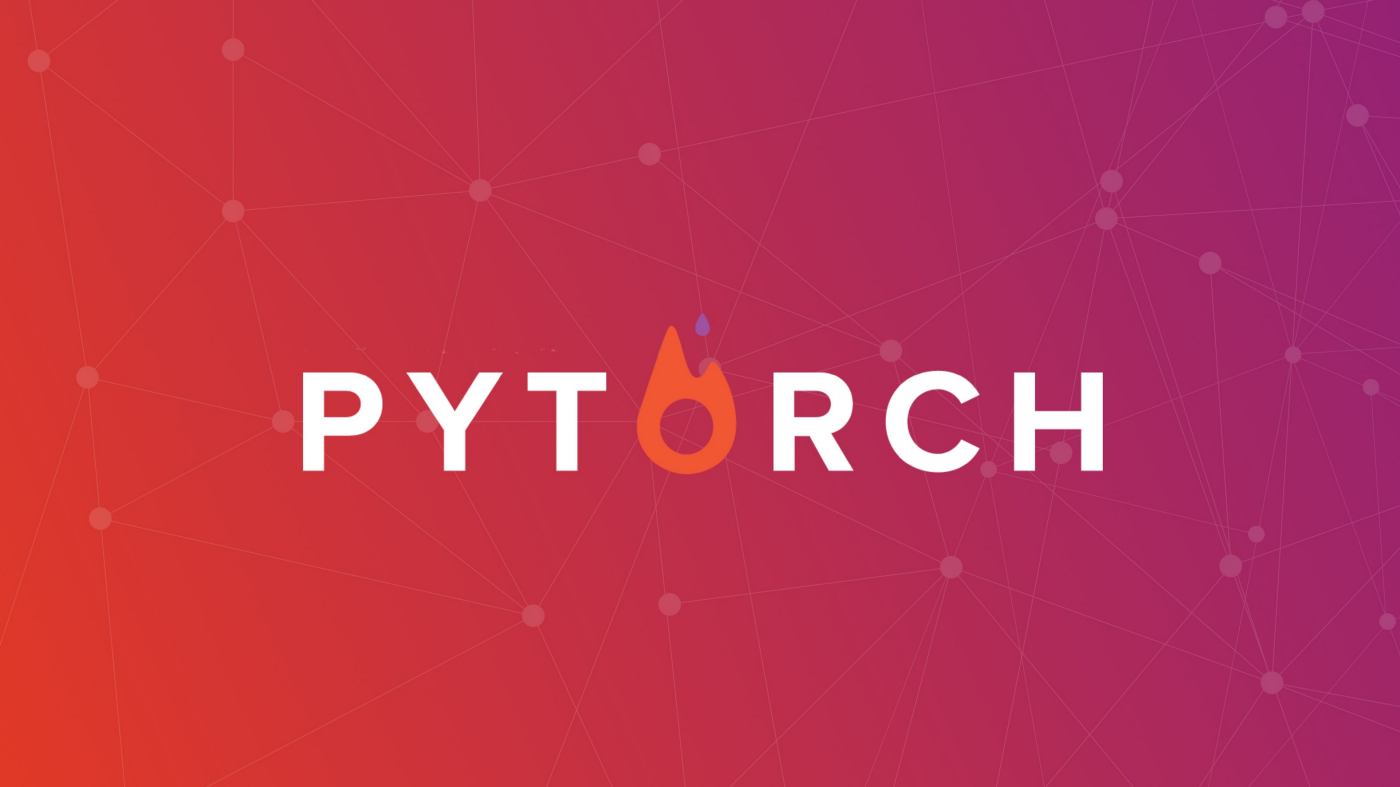
8. Scrapy
Scrapy is an open-source crawling framework for web data extraction. It helps in the retrieval of structured data from websites. There is built-in functionality for using X-path or CSS expressions to extract data from the web page and other sources. This library uses the ‘Don’t Repeat Yourself Principle.’ This principle influences developers to write universal codes to reuse for building and scaling crawlers in designing the interface.

9. Matplotlib
Matplotlib is a python framework for creating static, animated, interactive data visualizations. It allows for customization and charting, and developers can scatter, customize, and modify graphs using histograms. An object-oriented API (Application Programming Interfaces) of Matplotlib helps embed plots in GUI applications. These plots help to understand trends and patterns and make correlations. This plotting library also acts as a replacement for MATLAB.
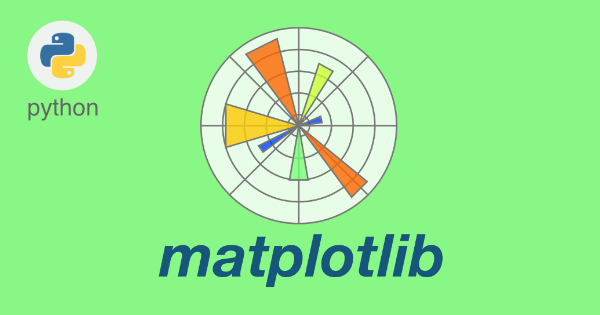
10. BeautifulSoup
BeautifulSoup is a python library used for web crawling and data scraping. It is helpful to extract information from HTML and XML files and other markup languages and save the data. This library acts as a web scraping tool to start cleaning up and parsing the content downloaded from the internet. Also, it offers intuitive navigation, search, and modification of the parse tree.

Conclusion
Python libraries are a gateway to data analysis and machine learning. It is easy for developers and data scientists to prototype and scale their models irrespective of size and complexity. From the list of libraries above, you can choose the one that suits your project well. Familiarity with these libraries will make you stand out from the crowd.












